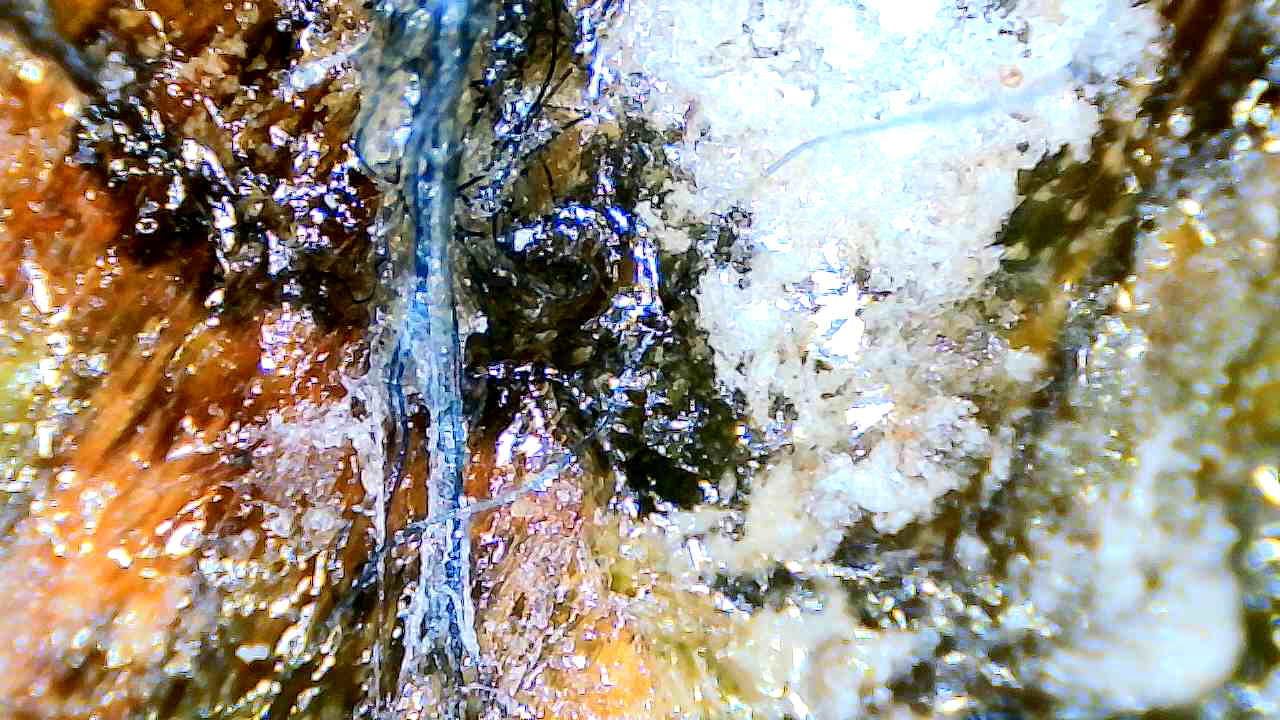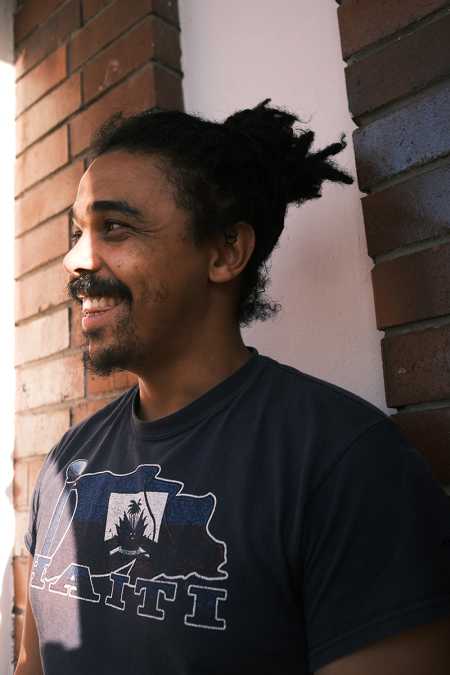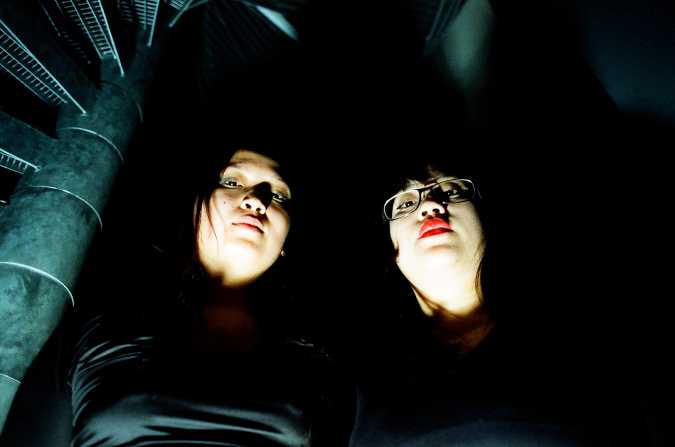Have you ever heard of Roy and Silo, the famous male chinstrap penguins, who formed a pair at New York's Central Park Zoo? What about the red flour beetles who engage in same-sex relationships simply to practice mating? Did you know that clownfish can change their sex if needed? Or that among bonobos (who share almost 99% of their DNA with us humans), homosexual encounters are even more common than heterosexual ones (sometimes for the sake of maintaining harmony in the group!)?
Same-sex coupling and parenting have been observed in animals for centuries. Over 1.500 animal species engage in same-sex sexual behavior. Scientists have observed what we perceive as homosexual, non-binary, and transgender behaviors and relationships naturally occurring in ecosystems- as natural as heteronormative* ones.
We asked writer and activist Saina Salarian to offer an introduction to Queer ecology: a field that incorporates queer theory with ecology, environmentalism, social justice, and eco-feminism. It offers a lens to understand the fluidity and diversity in "human and non-human" realms, as well as fostering an inclusive relationship with nature that celebrates the broad spectrum and complexities in nature. On Saturday, 9 November, U? presents a program around Queer ecology and the question 'Who Says Nature is Binary?' at Loods Gert Wessels.
Words by Saina Salarian
All our lives we have been taught about seemingly unchangeable binaries and dualisms: natural versus unnatural, appropriate versus deviant, human versus non-human, etc. Where does natural end and unnatural begin? Who has the power to define what is or isn’t natural? Is it even possible to draw these clear boundaries separating them? For a long time, nature and humans have been viewed as separate entities. This viewpoint has served as the basis for modern environmentalism. But are such mega-narratives even valid?
We need a new lens to view “nature” and the environment. The environment, ecosystems, and what we typically refer to as “nature” do not fall into the predefined categories that science had established, as proven by recent scientific studies and breakthroughs. The once-confident scientific classifications and taxonomies are challenged and invalidated. How can we interpret the world around us now?

Queer ecology is a unique blend of science and queer theory. It challenges the heteronormative and anthropocentric** notions that have created our understanding of nature, by drawing on disciplines including biology, queer geography and history, feminist science studies, ecofeminism, and environmental justice. It encourages us to redefine our relationships with the environment and liberate ourselves from dominance, binaries, and normative understanding of the world.
This alternative lens is beyond sexuality and gender identity. Rather, it is an acknowledgement of the diversity, unpredictability, and non-classifiable, paradoxes of more-than-human life. Queer ecology sparks a profound shift in how we perceive our relationship with the environment: our interconnectedness and intertwinement with nature, rather than separation or dualisms.
Instead of limiting life, it seeks to promote inclusive relationships with the environment and all living things, to embrace and appreciate their rich diversity. It aims to overthrow oppressive structures and give rise to a fresh, regenerative perspective.
Beyond a theoretical framework, queer ecology is a practice and lifestyle. Understanding how humans perceive the binary ideas of natural and unnatural is crucial to understanding the praxis of queer ecology.
Queer ecology enables us to delve deeper into our interconnectedness with the “natural” world around us more holistically: Indigenous people and their lands, humans and non-humans, nature and nurture. Nature and people have long been viewed as separate entities. This viewpoint has served as the basis for modern environmentalism and its paradigms, for instance, to “protect” nature from humans. Our disconnection from nature is visible by how we are perceived as distinct from nature rather than entwined with it. It is the same perspective that has enabled the erasure of Indigenous peoples and their forced removal from their ancestral lands.
To bring this necessary framework and practice outside the confines of academia and activism, and to make it more accessible for anyone interested in ecology, environmentalism, critical thinking, and life in general, we present a queer ecology program during U?, our freely accessible city program, on Saturday, 9 November. At artist Gert Wessel’s studio, at the Cartesius area, you can watch an immersive performance called "Microscopic Erotics". This performance demonstrates "A political queering of ecosexuality as a way of relating to non-human beings through performance and an immersive viewing space". The performance is followed by a collective reading session about this mode of thinking, hosted by “Reading Counterpower”.
The 1.500 animals who engage in same-sex behaviors; thousands of species continuously taking scientists by surprise; your queer sibling and niece; and you and me: all are a part of this rich, diverse, fascinating natural world. We are located as a part of this broad spectrum of existence, in all its complexities. By rejecting oppressive narratives beyond binaries and dualisms, hierarchical and separating relationships with nature, and abandoning ideas of human exceptionalism and specism, we see ourselves as unique parts of a complex and interworking system, whose patterns and processes are different from our own.
* Cultural belief that views heterosexuality (being attracted only to people of another sex) is the only natural and acceptable form of human sexuality, and views sex and gender as binaries and opposites.
** A belief system that prioritizes humans over other species, leading to the marginalization and subjugation of nonhuman entities. It views human beings are the central or most significant entities in the world.




